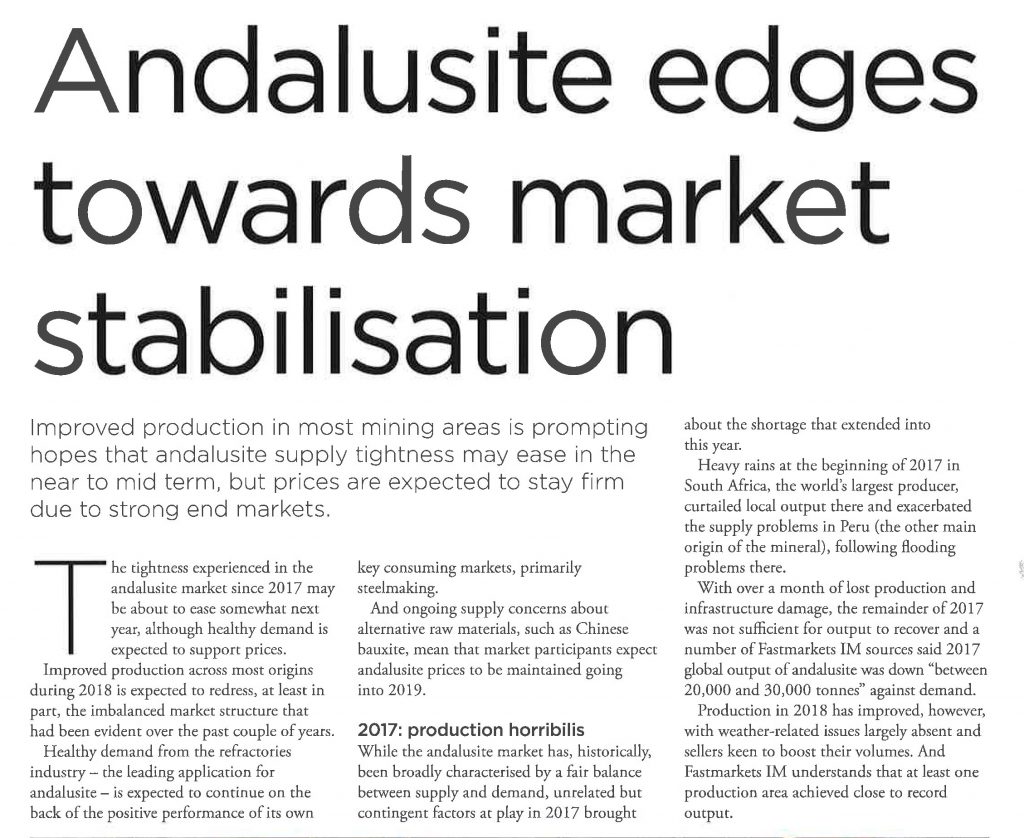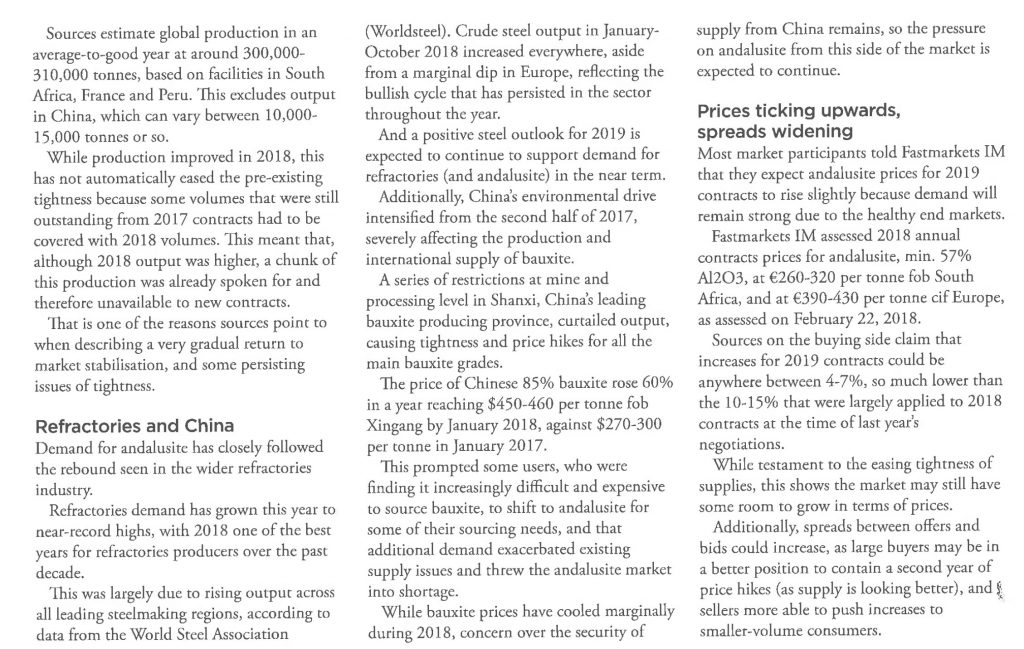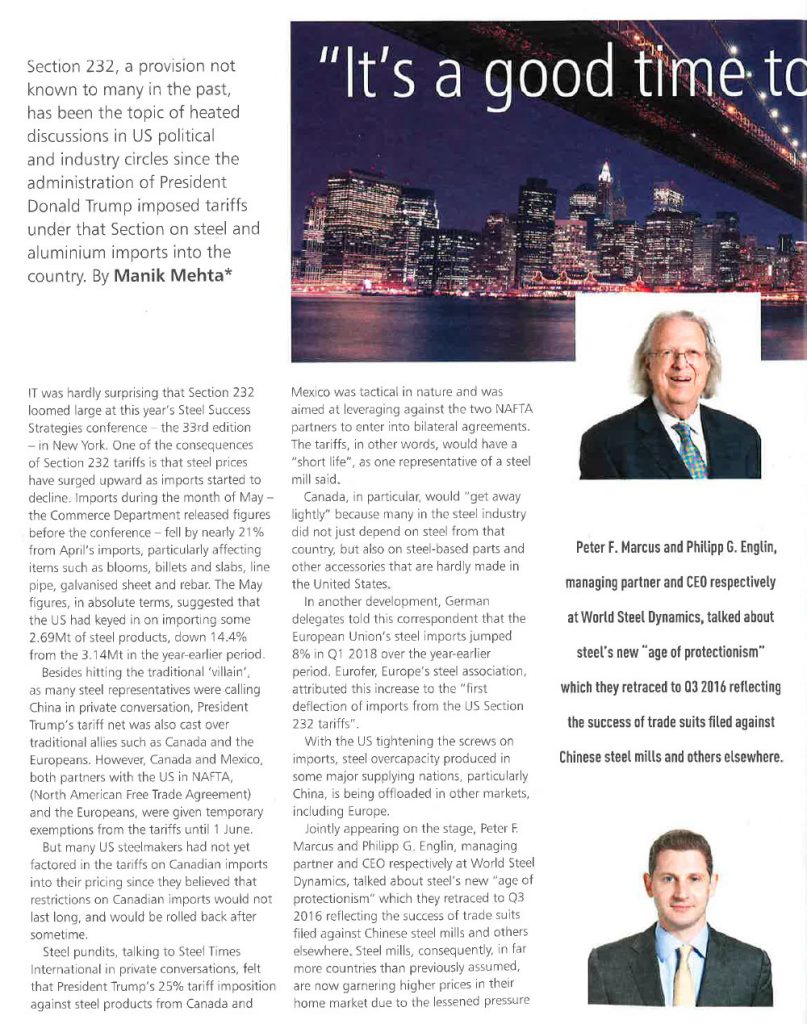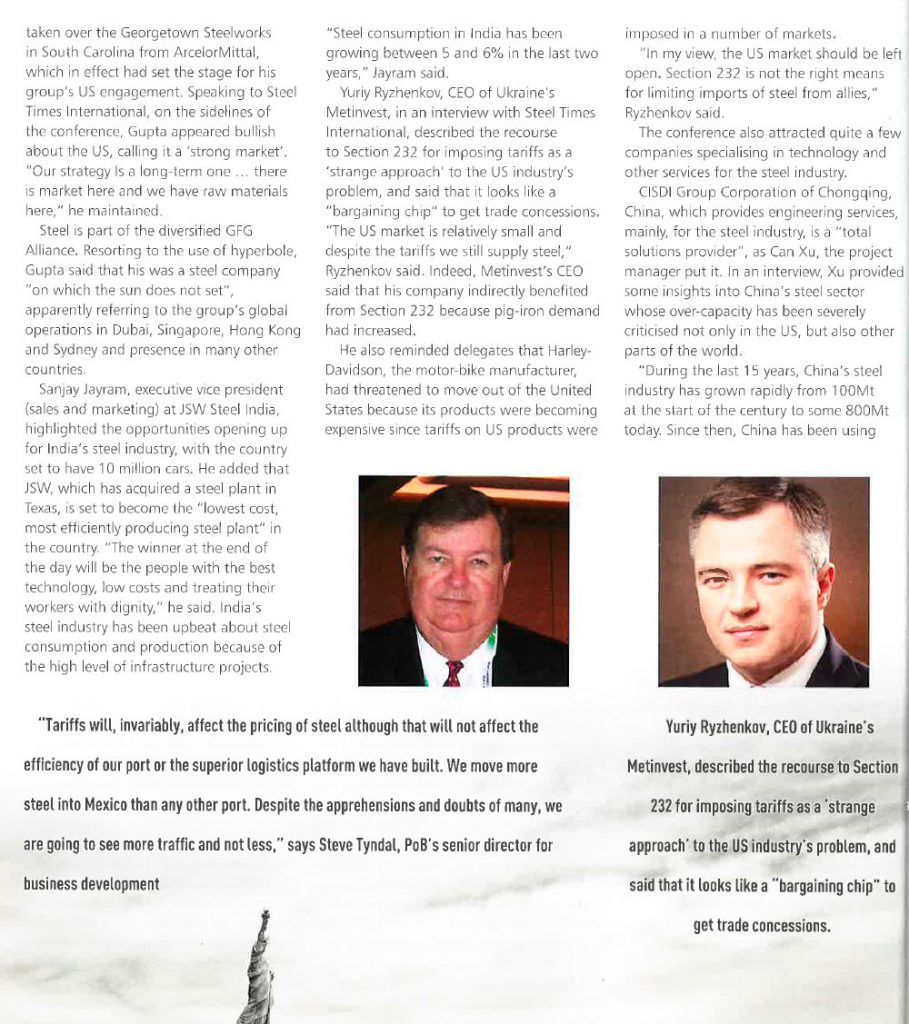The six-day shutdown at Hydro’s Alunorte refinery has hit the company’s alumina output.
The shutdown of Brazilian alumina refinery Alunorte for a few days in October could bring its production volume down by 20,000-30,000 tonnes in the fourth quarter, according to Eivind Kallevik, chief financial officer of the unit’s owner, Norsk Hydro.
Hydro produced 821,000 tonnes of alumina during the third quarter of 2018. If output goes down by as much as 30,000 tonnes, that would mean a reduction of less than 4% of the three-month output volume.
Alunorte is currently operating with output limited to 50% of capacity because of government restrictions.
In February, the company was accused of letting bauxite waste overflow from its deposits into nearby soil and waters. Federal and state authorities then limited capacity utilization at Alunorte to 50%, which was later extended to the Paragominas bauxite mine and Albras aluminium smelter.
Alumina prices were expected to remain high during the final three months of this year, because there was no way to tell when Alunorte’s operations will return to normal. The company’s costs could rise as high as Nkr200 million ($24.14 million) because of this, Kallevik said during Hydro’s third-quarter earnings call on Wednesday October 24.
Fastmarkets’ daily benchmark alumina index was assessed at $493.75 per tonne fob Australia on October 24, down from $494.17 per tonne the day before. Inferred Brazil fob prices were $499 per tonne, down by 0.2%.
The company decided to halt operations at Alunorte, in the northern Brazilian state of Pará, after its oldest solid-waste deposit approached the end of its life cycle. At the same time, it sought an operating permit for the newest deposit, which was issued by Brazil’s federal environmental agency, Ibama.
Alunorte was shut down completely from October 3 to October 8, after which output was resumed at 50% capacity.
There was still no timeframe for the removal of the restrictions, Hydro executives said during the conference call. But the company has already secured a supply of alumina that will last until the year-end, according to chief executive officer Svein Richard Brandtzæg.
















